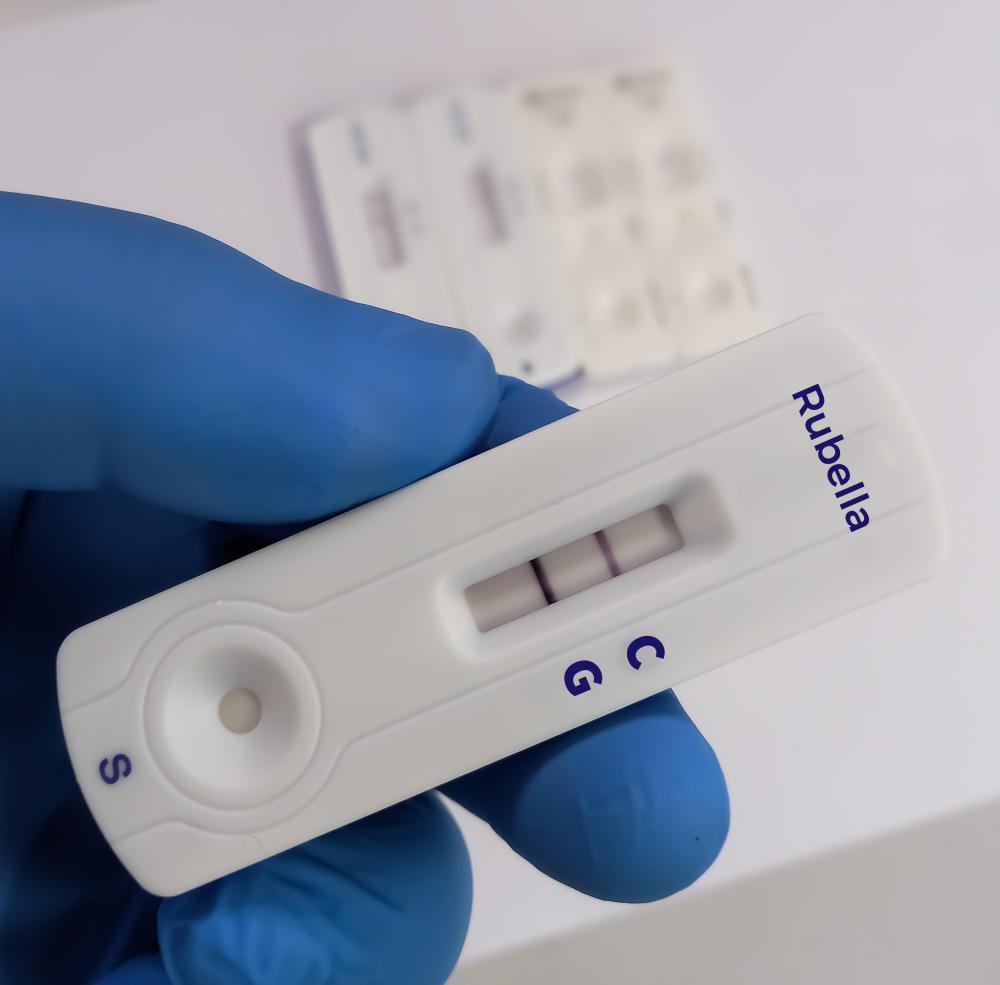
Understanding GLP-1
At MyaMeds, we believe in empowering our community with knowledge about their healthcare options, particularly when it comes to managing conditions like Type 2 diabetes and obesity. A critical player in this field is the GLP-1 agonist, a medication that has transformed the way we approach these conditions. But how does GLP-1 work? Let’s dive into the science behind it.
GLP-1, or Glucagon-like Peptide-1, is a naturally occurring hormone in the body that plays a pivotal role in regulating blood sugar levels. It’s secreted by the intestines in response to food intake and has multiple actions that are beneficial for people with Type 2 diabetes or obesity. Understanding how GLP-1 works is crucial for grasping the benefits and workings of GLP-1 agonists as therapeutic agents.
The Mechanism of Action of GLP-1
How Does GLP-1 Work in the Body?
So, how does GLP-1 work? At its core, GLP-1’s primary function is to enhance the secretion of insulin from the pancreas, in a glucose-dependent manner. This means it only stimulates insulin release when blood sugar levels are high, thus reducing the risk of hypoglycemia, a common side effect seen with other diabetes medications. Furthermore, GLP-1 slows gastric emptying, which leads to a more gradual uptake of glucose into the bloodstream after meals.
Additional Benefits of GLP-1
Beyond its role in insulin secretion and gastric emptying, GLP-1 also reduces glucagon secretion from the pancreas. Glucagon is a hormone that raises blood glucose levels; thus, its reduction by GLP-1 further aids in controlling blood glucose levels. Moreover, GLP-1 enhances satiety, reducing food intake and possibly aiding in weight loss for patients with obesity.
GLP-1 Agonists: Extending the Benefits
Given the beneficial effects of naturally occurring GLP-1, scientists have developed GLP-1 agonists–medications that mimic the action of GLP-1. These agonists bind to the same receptors as natural GLP-1 and exert similar effects, but with a longer duration of action. This is crucial for therapeutic use, as the natural hormone has a very short half-life in the bloodstream.
Elaborating on How Does GLP-1 Work
When we look into how does GLP-1 work through the lens of these agonists, we observe an improved pharmacological profile that allows for once-daily or once-weekly dosing. This not only enhances patient compliance but also maintains consistent blood sugar levels and promotes a steady, healthy weight reduction over time. It’s this aspect that positions GLP-1 agonists as a cornerstone for managing Type 2 diabetes and aiding in weight loss for those with obesity.
Personal Insights and Patient Experiences
A Patient’s Journey
One of our patients at MyaMeds shared their transformative experience with GLP-1 agonists. After years of struggling with fluctuating blood sugar levels and the challenge of managing Type 2 diabetes alongside obesity, they began treatment with a GLP-1 agonist. The change was remarkable. Not only did their blood sugar levels stabilize, but they also experienced significant weight loss, which had been elusive for years.
The Role of MyaMeds
In my professional experience, the integration of GLP-1 agonists into a patient’s treatment regime often marks a turning point in their journey. It’s a moment where hope is rekindled, and the path to achieving better health outcomes becomes clearer. At MyaMeds, we’re committed to guiding our patients through this journey, providing not just the medications they need but also the support and education to ensure their success.
Looking Ahead: The Future of GLP-1 Agonists
As we continue to explore and understand how does GLP-1 work, the potential for new and improved GLP-1 agonists is immense. Ongoing research is examining the broader therapeutic applications of GLP-1 agonists, including their potential in treating conditions beyond Type 2 diabetes and obesity, such as cardiovascular diseases and non-alcoholic fatty liver disease.
Innovative Solutions at MyaMeds
At MyaMeds, we are on the forefront of these developments, eagerly incorporating the latest evidence-based treatments into our practice. Our approach is holistic, focusing not just on medication but on lifestyle interventions that can enhance the effectiveness of GLP-1 agonists. By staying abreast of the latest research, we’re not only providing care for today but also preparing for the healthcare challenges of tomorrow.
Empowering Our Community
Education is a cornerstone of our mission at MyaMeds. Through workshops, health screenings, and informational sessions, we strive to demystify conditions like Type 2 diabetes and obesity. By understanding how does GLP-1 work, our community gains insights into the importance of holistic healthcare strategies that encompass both pharmacological treatments and lifestyle modifications.
Join Us in Health
Whether you’re managing Type 2 diabetes, combating obesity, or simply seeking to understand your healthcare options better, you’re not alone. MyaMeds is here to support you every step of the way. Visit us to learn more about how we can help you achieve your health goals, leveraging innovative treatments like GLP-1 agonists and beyond.
In closing, the journey to understanding and harnessing the power of GLP-1 in healthcare is ongoing. At MyaMeds, we are excited to be part of this journey, offering our patients the latest in cutting-edge treatments and comprehensive care. By understanding how does GLP-1 work, we unlock the potential for healthier, more vibrant lives for those we serve.

How does GLP-1 cause weight loss?
At MyaMeds, we often encounter this question from our patients seeking to understand their treatment options better. GLP-1 assists in weight loss primarily through enhancing feelings of satiety and fullness, which naturally leads to a decrease in food intake. Let me share a relatable scenario: Imagine enjoying your favorite meal, but you feel satisfied with less food than usual, preventing overeating. That’s how GLP-1 works. It communicates with your brain to signal fullness sooner. This effect, combined with its ability to slow down gastric emptying – meaning, it takes longer for your stomach to empty, keeping you full for a longer period – contributes significantly to weight loss. It’s these actions that make GLP-1 agonists an attractive option for managing obesity alongside Type 2 diabetes.
What is the mechanism of action of GLP-1?
The mechanism of action of GLP-1 is fascinating and multifaceted. Primarily, it enhances the secretion of insulin from the pancreas in a glucose-dependent manner. This is crucial because it means GLP-1 helps to lower blood sugar only when it’s elevated, thus minimizing the risk of hypoglycemia, a common concern with other diabetes treatments. Furthermore, GLP-1 reduces the secretion of glucagon, a hormone that raises blood sugar levels. I often compare it to having a skilled conductor leading an orchestra, ensuring that everything works in harmony to keep blood glucose levels in check. Additionally, by slowing gastric emptying and promoting a feeling of fullness, GLP-1 plays a direct role in weight management. It’s this comprehensive approach to managing blood sugar and weight that makes GLP-1-based treatments, such as GLP-1 agonists, essential in our fight against Type 2 diabetes and obesity.
Which GLP-1 is most effective for weight loss?
In our experience at MyaMeds, the efficacy of GLP-1 agonists can vary from person to person, making it imperative to tailor treatment to the individual. However, certain GLP-1 agonists have shown particularly promising results in clinical trials concerning weight loss. For instance, medications like semaglutide have garnered attention for their significant weight reduction outcomes in patients with obesity. It’s crucial to have a detailed discussion with healthcare providers to consider factors such as medical history, lifestyle, and personal preferences before choosing the most suitable GLP-1 agonist. We always remind our patients that medication is most effective when combined with lifestyle modifications, including diet and exercise.
Does GLP-1 speed up metabolism?
This is a common question and one that involves a bit of nuance. While GLP-1 doesn’t directly speed up metabolism in the way caffeine or other stimulants might, it influences metabolic functions that contribute to weight loss and improved blood glucose control. By enhancing feelings of satiety and slowing gastric emptying, GLP-1 agonists indirectly affect the energy balance by reducing calorie intake. Moreover, improved insulin secretion and action can lead to better metabolic health over time. In our discussions at MyaMeds, we emphasize the holistic benefits of GLP-1 agonists, which extend beyond mere numbers on a scale, fostering a healthier metabolic state.
How does GLP-1 affect the management of Type 2 diabetes?
GLP-1 agonists have revolutionized the management of Type 2 diabetes by offering a dual approach to treatment. Not only do they help control blood glucose levels by enhancing insulin secretion and reducing glucagon production, but they also address weight management, which is often a significant factor in Type 2 diabetes. Patients at MyaMeds have shared stories of improved HbA1c levels and reduced need for other diabetes medications after starting on GLP-1 agonists. It’s a testament to the power of these treatments to not just manage but truly transform the health outcomes for individuals with Type 2 diabetes.
How do lifestyle interventions enhance the effectiveness of GLP-1 agonists?
Integrating GLP-1 agonists with lifestyle interventions creates a synergistic effect, amplifying the benefits of each. At MyaMeds, we’ve observed that patients who combine medication with healthy eating habits and regular physical activity tend to achieve better control over their blood sugar levels and more substantial weight loss. It’s like providing your body with the best tools for success. Making dietary changes that emphasize whole foods and engaging in activities like walking or yoga can significantly enhance the effectiveness of GLP-1 agonists. We encourage our patients to view these medications as part of a comprehensive strategy for health, rather than a standalone solution.
What does the future hold for GLP-1 agonists?
The future of GLP-1 agonists looks incredibly promising. With ongoing research exploring their potential in treating conditions beyond Type 2 diabetes and obesity, such as cardiovascular diseases and non-alcoholic fatty liver disease, we’re only beginning to scratch the surface of their capabilities. At MyaMeds, we’re particularly excited about the development of new GLP-1 agonists that may offer even more significant benefits, minimal side effects, and greater convenience for patients. As we look ahead, our mission remains to embrace and incorporate these advancements, ensuring our patients benefit from the latest and most effective treatments available.
Sarasota FL 34243
